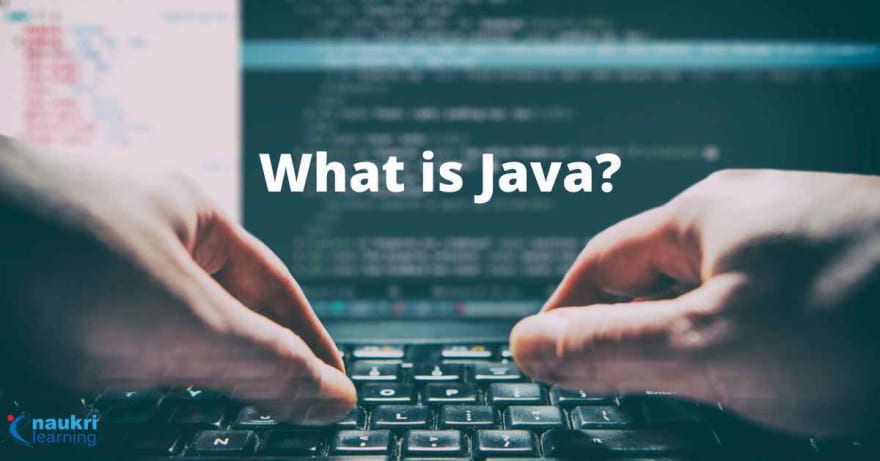Java is a high-level programming language that is widely used for developing a variety of applications, from desktop to mobile to web applications. It is an object-oriented language that is known for its portability, security, and robustness.
Setting up the environment in Java involves a few steps:
Download and install the Java Development Kit (JDK) from the official website.
Set up the environment variables in your operating system, which are required for running Java applications. This includes setting the PATH variable to include the directory where the Java compiler and runtime are installed.
Choose an Integrated Development Environment (IDE) such as Eclipse, NetBeans, or IntelliJ IDEA to write and run Java code.
Once the environment is set up, you can start writing Java code using the basic syntax of the language. Here are a few important concepts to keep in mind:
Java is case-sensitive, so be sure to use proper capitalization when naming classes, variables, and methods.
Java programs are written in classes, which contain methods that perform specific tasks.
The main() method is the entry point of any Java program and is where the program starts executing.
Java uses curly braces to denote code blocks, and statements must end with a semicolon.
Java has several built-in data types, including integers, floats, doubles, booleans, and characters.
Java supports control structures such as if-else statements, for loops, while loops, and switch statements.
By mastering these basic concepts, you can start writing simple Java programs and gradually move on to more complex applications. If you want to know in detail about these concepts in Java read our original articles on
andJava Basic Syntax
Java basic syntax includes the following components:
Single-line comments start with double forward slashes (//) and continue until the end of the line.
// This is a single-line comment
Multi-line comments start with a forward slash followed by an asterisk (/) and end with an asterisk followed by a forward slash (/).
/* This is a multi-line comment that can span multiple lines */
- Identifiers: Identifiers are used to name variables, methods, and classes in Java. They can include letters, digits, underscores, and dollar signs, but cannot start with a digit.
int age;
double salary;
String firstName;
3 . Keywords: Keywords are reserved words in Java that have a specific meaning and cannot be used as identifiers.
Variables: Variables are used to store values in Java. They must be declared with a data type before they can be used.
Data Types: Java supports several data types, including integers, floats, doubles, booleans, and characters.
Operators: Operators are used to performing operations on variables and values in Java.
For a more detailed explanation visit our original article on —
In conclusion, Java is a powerful and widely-used programming language for building a variety of applications, from mobile apps to enterprise systems. In this introduction to Java, we covered the basics of Java syntax, including comments, identifiers, keywords, variables, data types, operators, and control structures. We also provided an example of a “Hello, World!” program in Java. Whether you are just starting out with programming or looking to expand your skills, Java is a great language to learn.
Thank you for reading this article on Java programming. I hope you found it informative and helpful in your learning journey. If you have any doubts or questions, please feel free to ask and I’ll be happy to help you.








Top comments (0)